Homeopathy for a cold
A cold (also: feverish infection, flu-like infection, cold infection) can be treated with homeopathic medicines.
At the beginning of an infection, it is important to distinguish between sudden and gradual onset.
Also read: Homeopathic medicines for coughs
Homeopathic medicines
The following homeopathic medicines can be used for a cold:
- Aconite
- Belladonna
- Ferrum phosphoricum
- Gelsemium
- Eupatorium perfoliatum
- Eupatorium purpureum
- Echinacea augustifolia
- Apis mellifica
- Mercurius solubilis
sudden, violent onset
Aconite:
With colds, but also with many other infectious diseases in the first stormy, often febrile phase.
- Dry, hot skin
- frosty showers
- Face red when lying down, pale when sitting up
- The symptoms can be triggered by a cold east wind, but also the result of anger and shock
- Often starts around midnight
- Great anxious restlessness up to panic fear
- Fast, hard pulse
- dry cough
- violent thirst
At this stage the disease has not yet localized. The symptoms get worse in the evening, at night and in the warmth. Aconitum is only available on prescription up to and including D3.
Belladonna:
Sudden onset, red head, steaming sweats that bring no relief.
- Throbbing pulse that can be felt up to the neck
- dilated pupils.
- The patients sweat a lot but still want to stay covered because otherwise they will freeze
- Mucous membranes in the throat dry, bright red and painful
- The body is feverishly hot, arms and legs cold
- Any headaches that may be present are felt unbearable at the slightest shock or when the head hangs down when bending over
Belladonna is often the second remedy after aconite as soon as patients start to sweat.
The symptoms are aggravated by cold, drafts, and excitement.
gradual onset
Ferrum phosphoricum:
The infection begins slowly, the symptoms are similar to those described for Aconitum, but there is no restlessness or fear. In children, Ferrum phosphoricum is particularly effective in the beginning otitis media.
- In general, patients are exhausted quickly, and hoarseness occurs after physical overexertion
- Only low resistance
- Tendency to frequent colds, nosebleeds, in children frequent otitis media
- Patients are alternately pale and red in the face
- Pulse fast and soft, easily suppressible
- The onset of otitis media shows a throbbing, pulsating pain, and the affected side of the face is often more reddened than the healthy side.
- Dry cough with no sputum, with tickling sensation in the throat
The symptoms get worse at rest, the children's earache worsens at night, improvement with light movement.
Gelsemium:
The infection develops, often within 1 to 2 days after hypothermia.
- The patient is shivering, shaky drowsiness
- Chills run down your spine
- Feeling bruised
- Fever with red head, often without thirst
- Soon a watery, sore, sharp runny nose begins
- Sore throat, difficulty swallowing
- Pulse is usually moderately accelerated and soft.
The symptoms worsen with warmth, sun, movement, fear and shock.
Gelsemium requires a prescription up to and including D3
During the infection

Eupatorium perfoliatum:
- The fever is highest in the morning
- Pain in all limbs and bones, the whole body hurts
- The patient is hot during the day, the face is hot and red, but hardly any sweat
- Often chills at night, after a sweat the general condition improves somewhat
- Often great thirst for cold water, but drinking provokes vomiting
- Dry cough that is very painful, you have to hold your chest when coughing
- A strong, watery runny nose develops
Eupatorium purpureum:
As soon as an inflammation of the urinary organs occurs in addition to the symptoms described above, Eupatorium purpureum must be considered.
- The pain in the limbs described here moves from the bottom up.
Echinacea augustifolia:
Has a positive effect on the body's defenses and increases biological immunity.
Echinacea is used for many infections because of its antibacterial effect. Echinacea can always be given with colds.
Apis mellifica:
This remedy is indicated as soon as the febrile illness exceeds the normal level and considerable swellings occur, which can quickly become life-threatening in the throat area.
- The medicinal picture of Apis mellifica can best be described using the example of a bee sting
- After the bite, the skin swells up, there is severe pain, burning, stinging, the area is reddened and hot
- Extreme sensitivity to touch and pressure
- Swollen eyelids, photophobia, heart stitches, shortness of breath, great restlessness
- The patients are not thirsty and sleepy
Worsening of symptoms in the warmth and after sleep, in the afternoon. Relief from cold and fresh air.
Mercurius solubilis:
The time for this remedy has come as soon as the first signs of suppuration appear. Specks of pus appear on the tonsils and small ulcers appear on the oral mucosa, often gray or greenish.
- The tongue is thickly coated, teeth impressions
- Saliva is stringy and has an unpleasant smell
- The nasal secretions turn yellowish to greenish
- When coughing, there is also greenish to yellowish expectoration
- Teeth are very sensitive to temperature.
- At night the patient is prone to strong, foul smelling, sometimes yellowing sweats
- All inflammatory secretions are caustic, sharp, and purulent in character
Worsening of the complaints at night when warm in bed



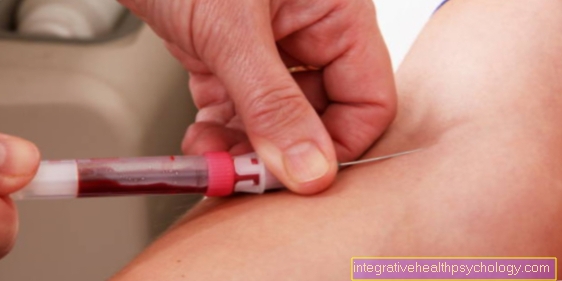

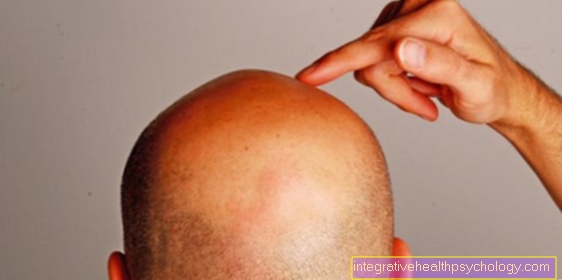
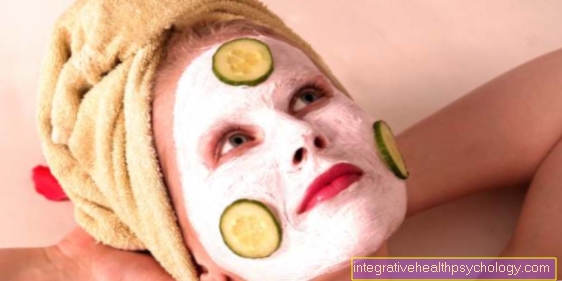

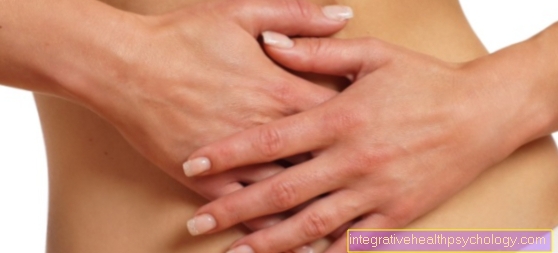

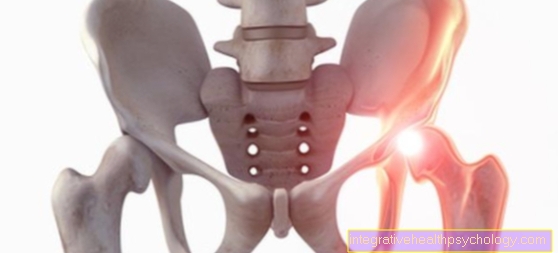


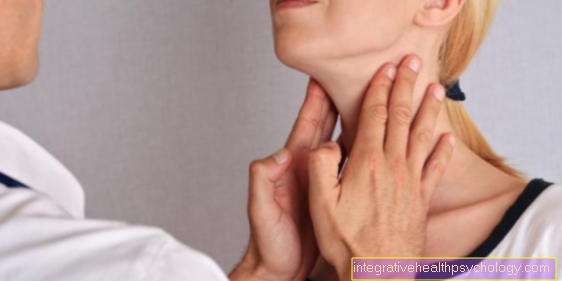

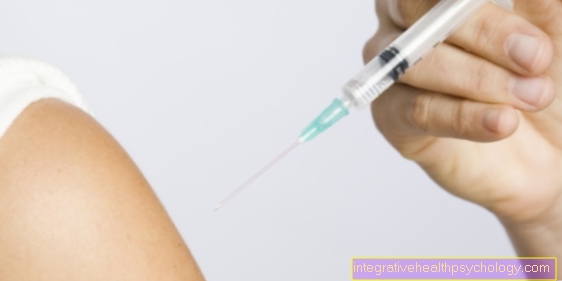
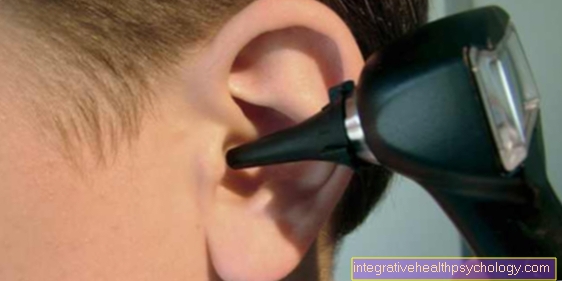
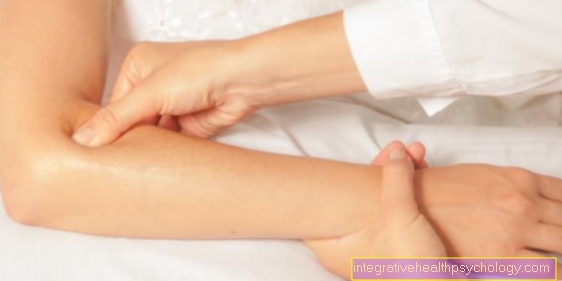
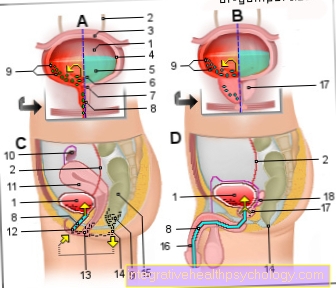







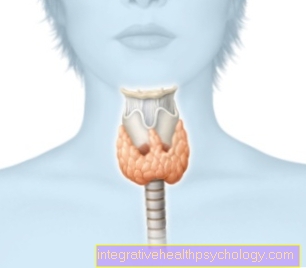
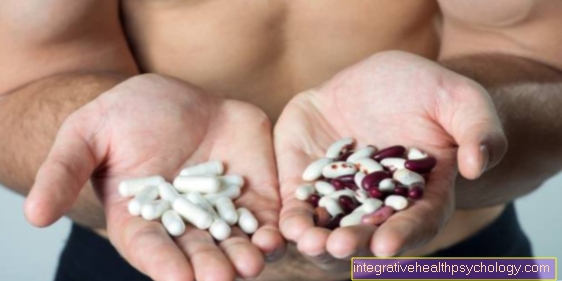
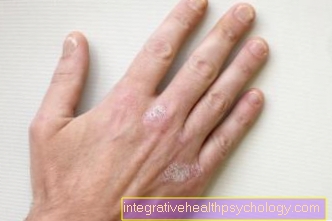
-rote-malve.jpg)